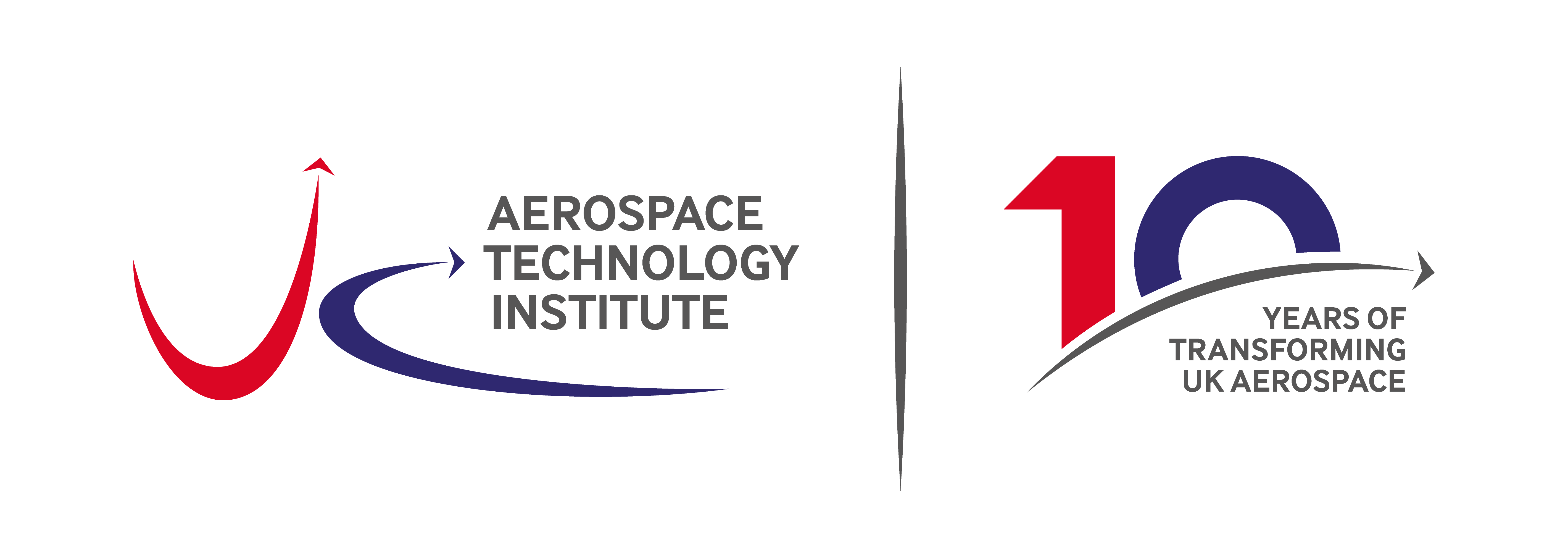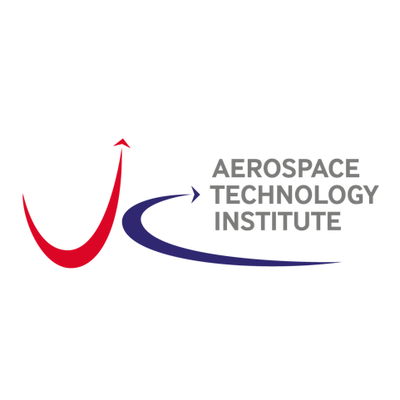Becoming a Boeing supplier
Authentise was the first startup in the first ATI Boeing Accelerator cohort to become a Boeing supplier, with the agreement signed almost simultaneously with the start of the programme in January. In our first interview we discussed, in part, what it was like to work with Boeing. Now, we’re back talking to Andre Wegner, CEO and Co-Founder of Authentise, to find out more about the process of deploying Authentise’s technology and working with a large aerospace company.
Hi Andre, it’s been a few months since you graduated from the cohort. How have things been going?
AW: Really well, thanks. The programme never really ended. Naturally there are no more classes and yes, we can’t meet in person, but the support and network we built in the United Kingdom earlier this year have really given us a great foundation in-country. The programme brought together other startups that we can rely on and collaborate with, and also introduced us to the whole ecosystem of research organisations in the UK. We’ve started working with them actively now, which has really been a game changer for us. I think it helps both sides actually because we can tie in the requirements of our big customers like Boeing, 3M or Danfoss and in some cases, even bring them directly into the collaboration. Folks in the U.S. are much more used to research initiatives focused on military requirements, whereas UK funders are really interested in bringing in the corporate view, so everybody is sharing the learnings.
In our last discussion, you told us about what it was trying to gain Boeing as a customer. Remind us, what was Boeing looking for?
AW: Most of our clients come to us because they are rapidly scaling additive operations and are running into issues with efficiency and transparency of operations. Given that the process of getting designs into production is surrounded with digital tools like CAD (computer-aided design) or simulation programmes, the process of actually producing parts often feels incredibly manual. Good operations people know there are different ways and seek out those other options. They might be forced to start by trying to use the systems the company has used for traditional manufacturing, but realise quickly those systems can’t handle the variability of additive manufacturing.
There were several challenges Boeing was facing:
1. Submitting an order to Boeing Additive Manufacturing (BAM) was a complex task.
2. Converting that order into a plan of production runs involved many, sometimes circular, steps—which could cause delays.
3. There were a lot of paper trails and manual tracking involved, which is always difficult.
4. A lot of knowledge was being lost when operators were being reassigned or left because the process was all in their heads.
5. Real-time information was not accessible to colleagues or managers, meaning there was a lot of running around to find out what was where and to prepare reports.
Now we want to dig a bit further into what it was like working with them. First, can you tell us what the process was like implementing a software at Boeing?
AW: Well, firstly, there are a lot of people involved. IT will have a range of different stakeholders, and of course the client business unit will have a variety of users involved too. And that’s not even including the supply chain team, with whom you should be done with by the time you’re talking about implementation. At this point, the organization has already done its competitive review and decided in principle that they want to purchase the product, but there are still several steps that have to be completed before the contract is signed.
In particular, there’s a process to review the solution and understand how it fits into the Boeing IT landscape. This involves cybersecurity assessments, as well as creating an overall architecture of the solution and discussing the broad deployment strategy.
Naturally, you’re working on the Master Services Agreement (MSA) and associated documents in parallel. Fortunately, things have become easier in the last 5-10 years, and most companies are now aware of Software as a Service (SaaS) solutions that allow us to go straight to the key terms such as insurances, warranties, service level agreements and the like. Considering you’re serving highly regulated industries such as defence and aerospace, this is a big win.
Right, so even getting to the deployment process can take time. What’s involved with that?
AW: Our deployment process is relatively well established and went roughly to plan in the case of Boeing. Given how much work was done in advance by everybody involved, we set ourselves up for success.
We naturally spend a lot more time with the users, to understand any adjustments or customisations they need for the system to be of greatest use to them. We have a good idea of what they include given the work we did prior to purchasing, but we validate those designs before we go into a build cycle to implement them. We also agreed on a series of larger changes – like our materials management update that we launched recently. Those designs are also finalised and kicked off in this initial phase, though it takes a little longer to actually complete those features. In parallel, we’re working with the IT team on the final details and to start deploying the infrastructure. We’re also using this time to make sure that any findings from the earlier process are being addressed and getting sign off on these.
Sounds like there’s a lot going on in the first couple of weeks? How long until people get hands on to the system?
AW: Actually, hands on is within a few days of signature. That’s just a trial system and is mostly used in training, which is going on in parallel to everything I talked about before. In Boeing’s case, we were able to work through any issues quite quickly and had an IT approved system within two months. That kicks off a process of testing, so we had the first go-live within four months. That’s record time for big deployments like this.
And since then? How have things been going?
AW: Incredibly well, by all metrics. Not only did the deployment happen in record time, but we solved all the challenges I mentioned at the beginning. In 10 months, using our platform, the Boeing Additive Manufacturing team has been able to:
• See a reduction in the time it takes to process an order by 80 percent
• Reduce build preparation time by more than 95 percent on average
I’m excited, because that’s just the beginning. The teams are working incredibly well together and we’re all aware that this is a journey. The industry is still young and there’s constantly evolving requirements and opportunities. The ATI accelerator actually helped us because it brought us together with other organisations – like TWI – to work on some of those issues. There are dozens of features and integrations with other companies that we can’t wait to build together and announce to the world.
–
Follow Authentise on Twitter to keep up to date with their cutting-edge additive manufacturing work.


